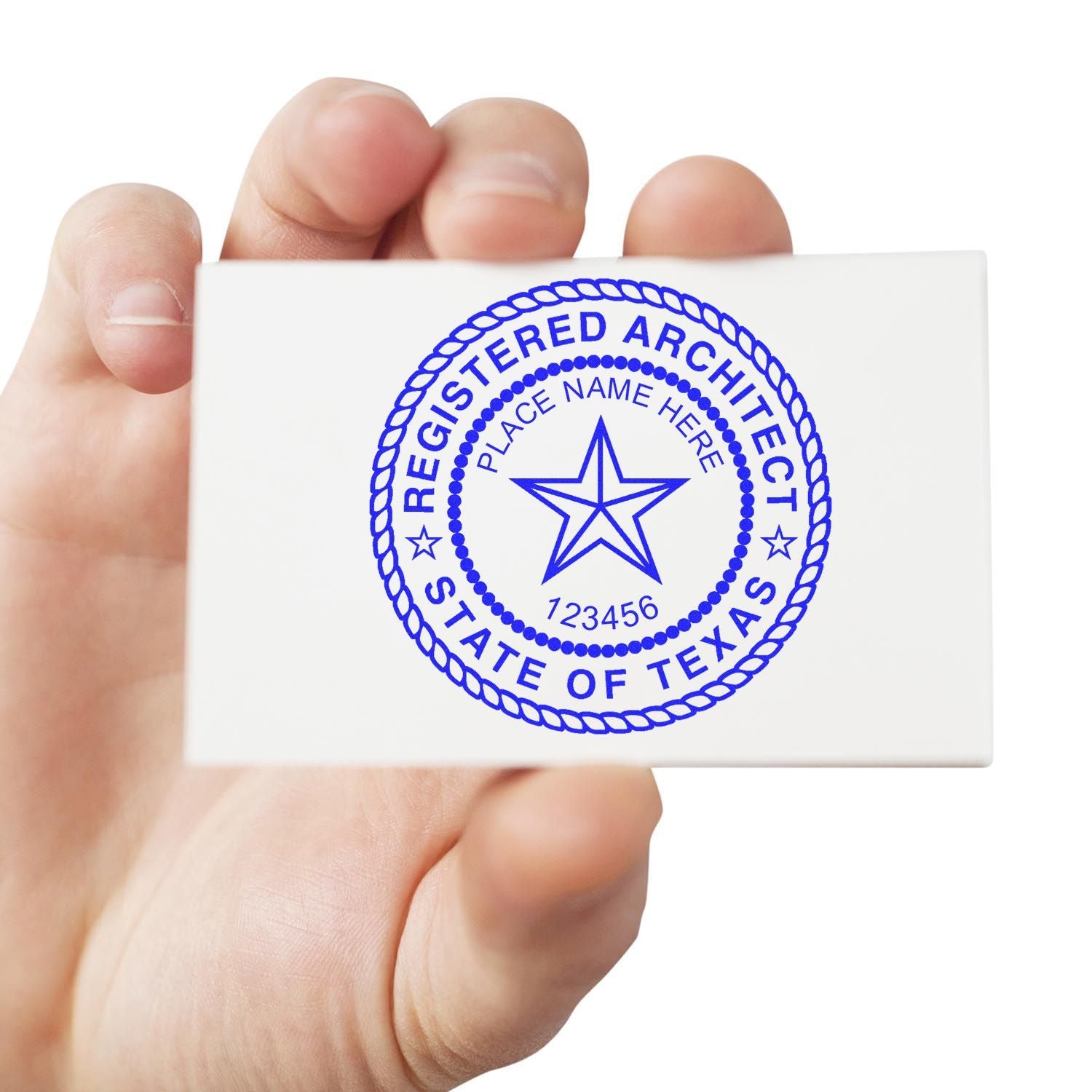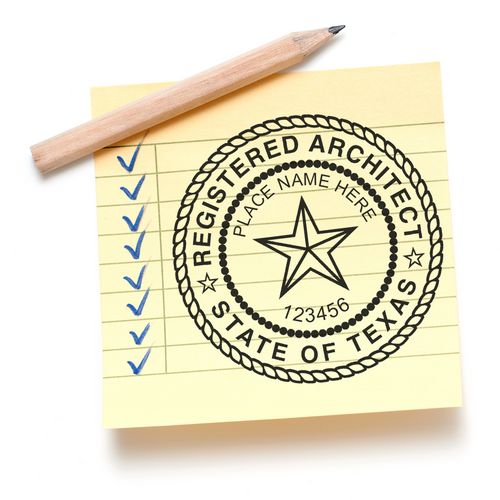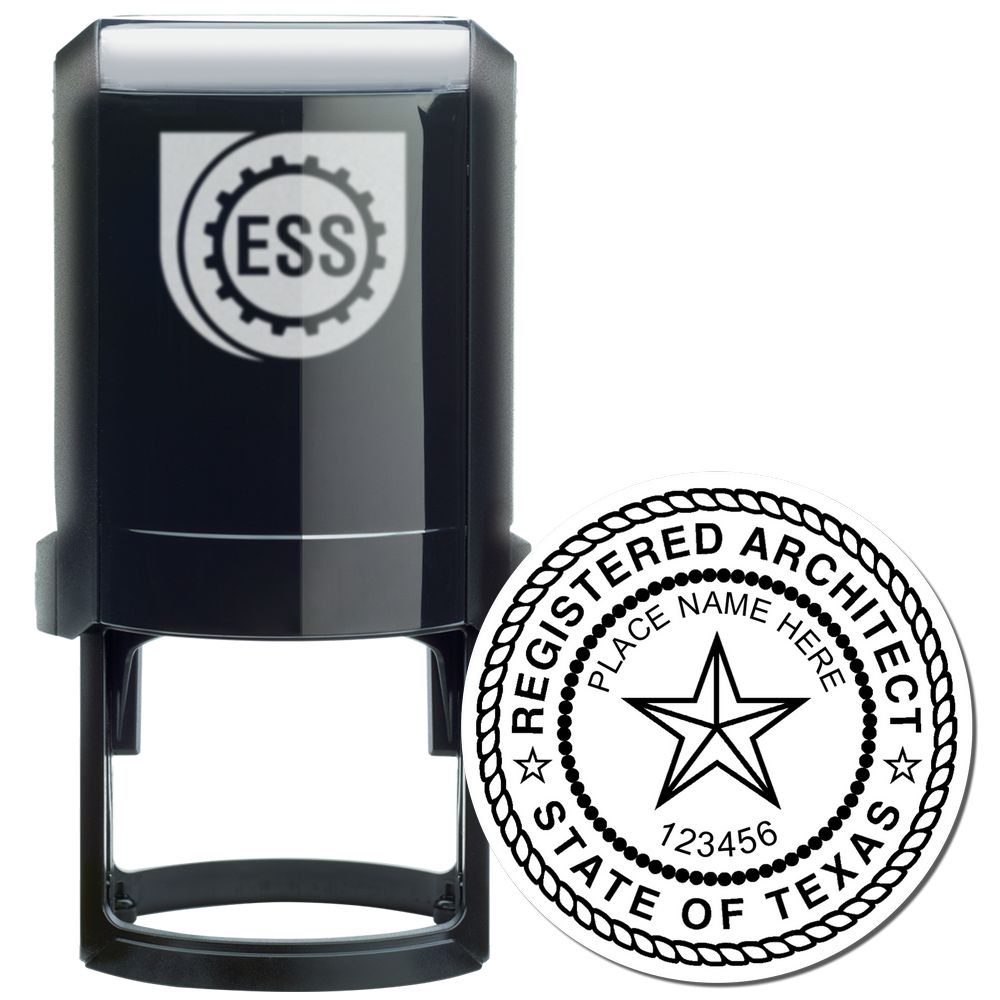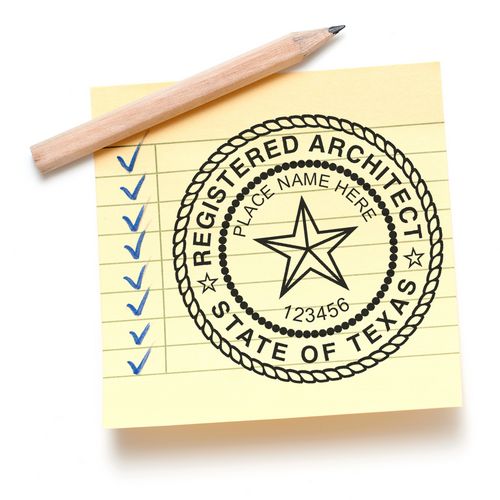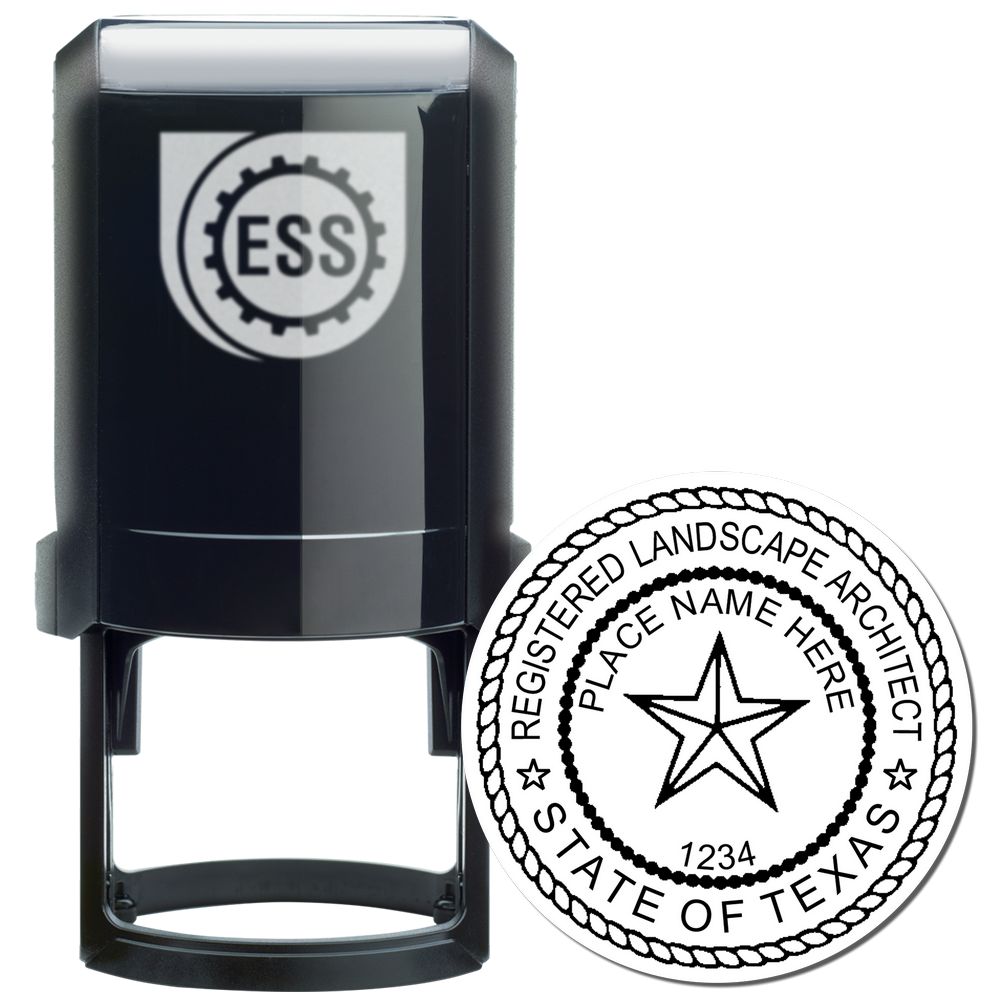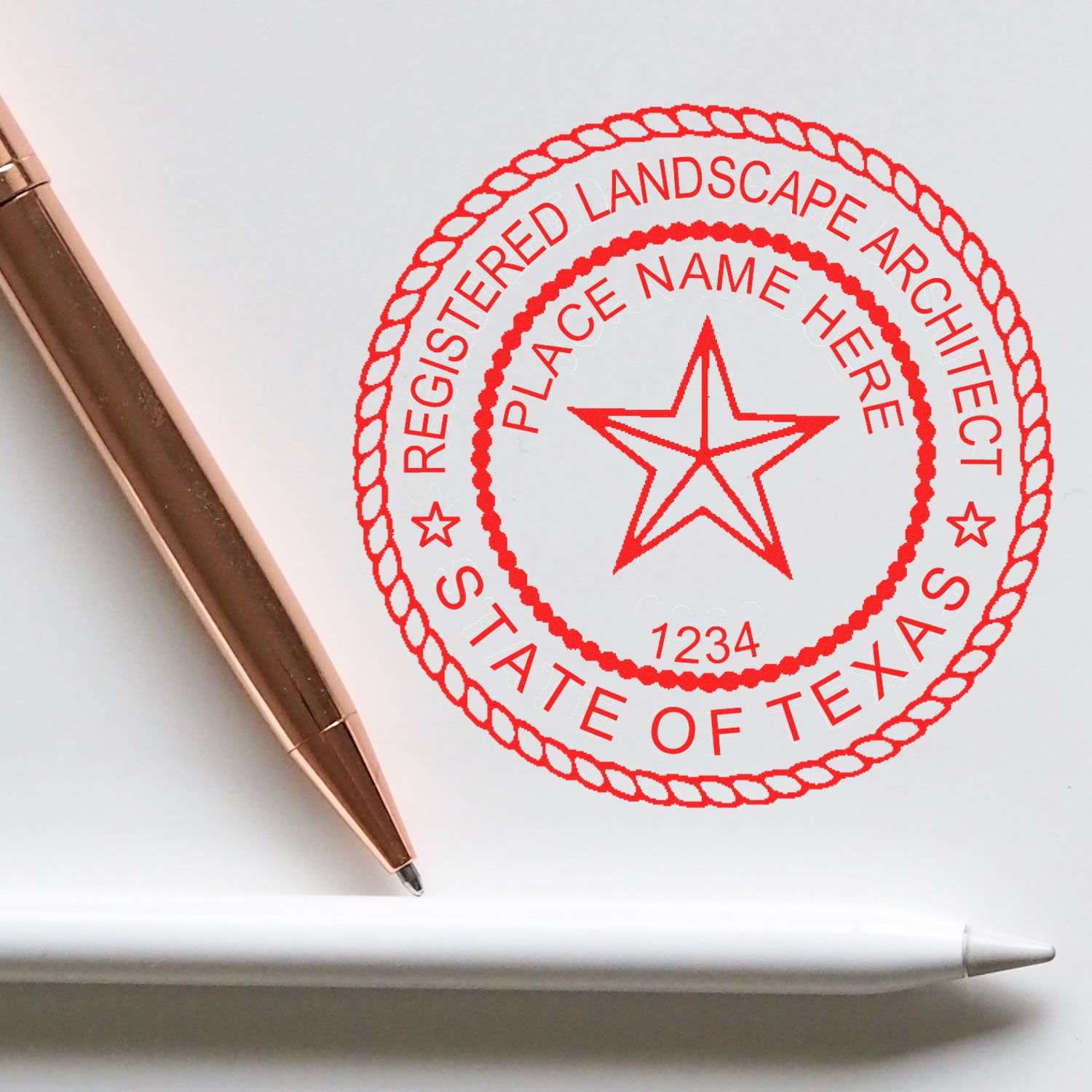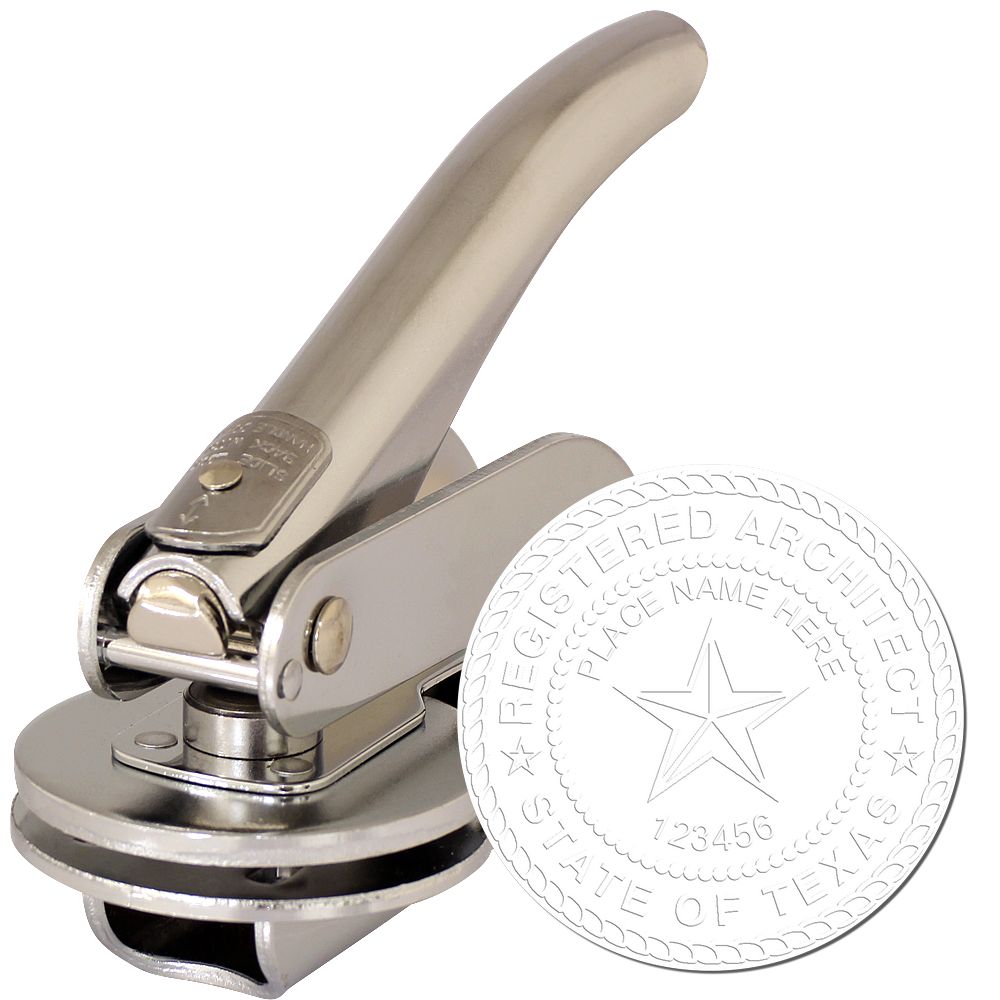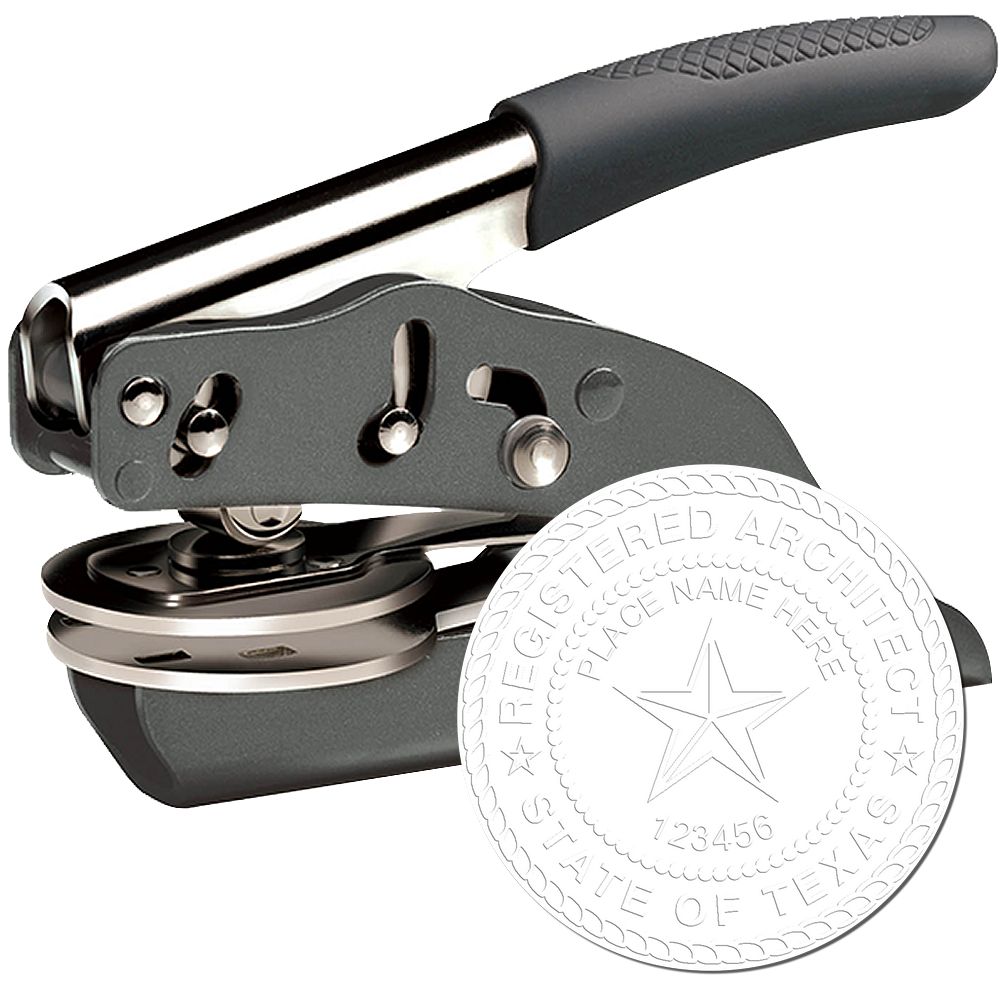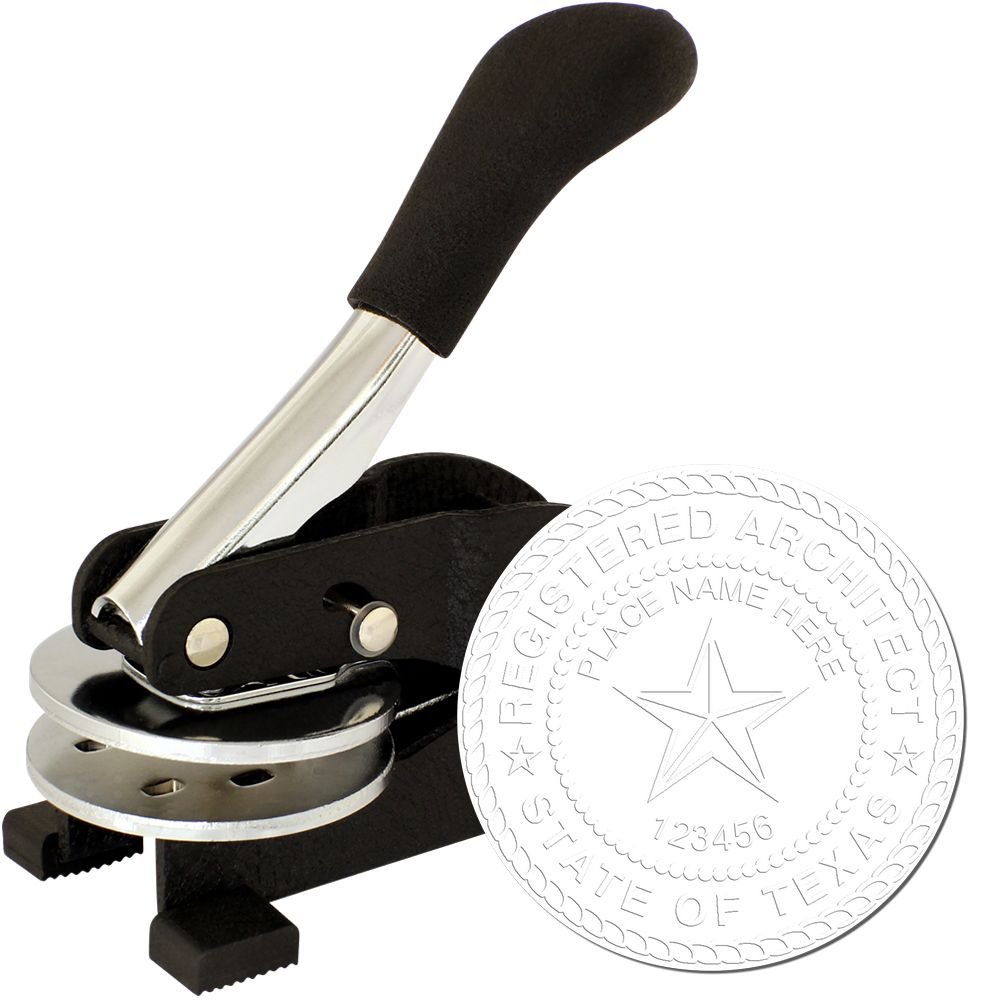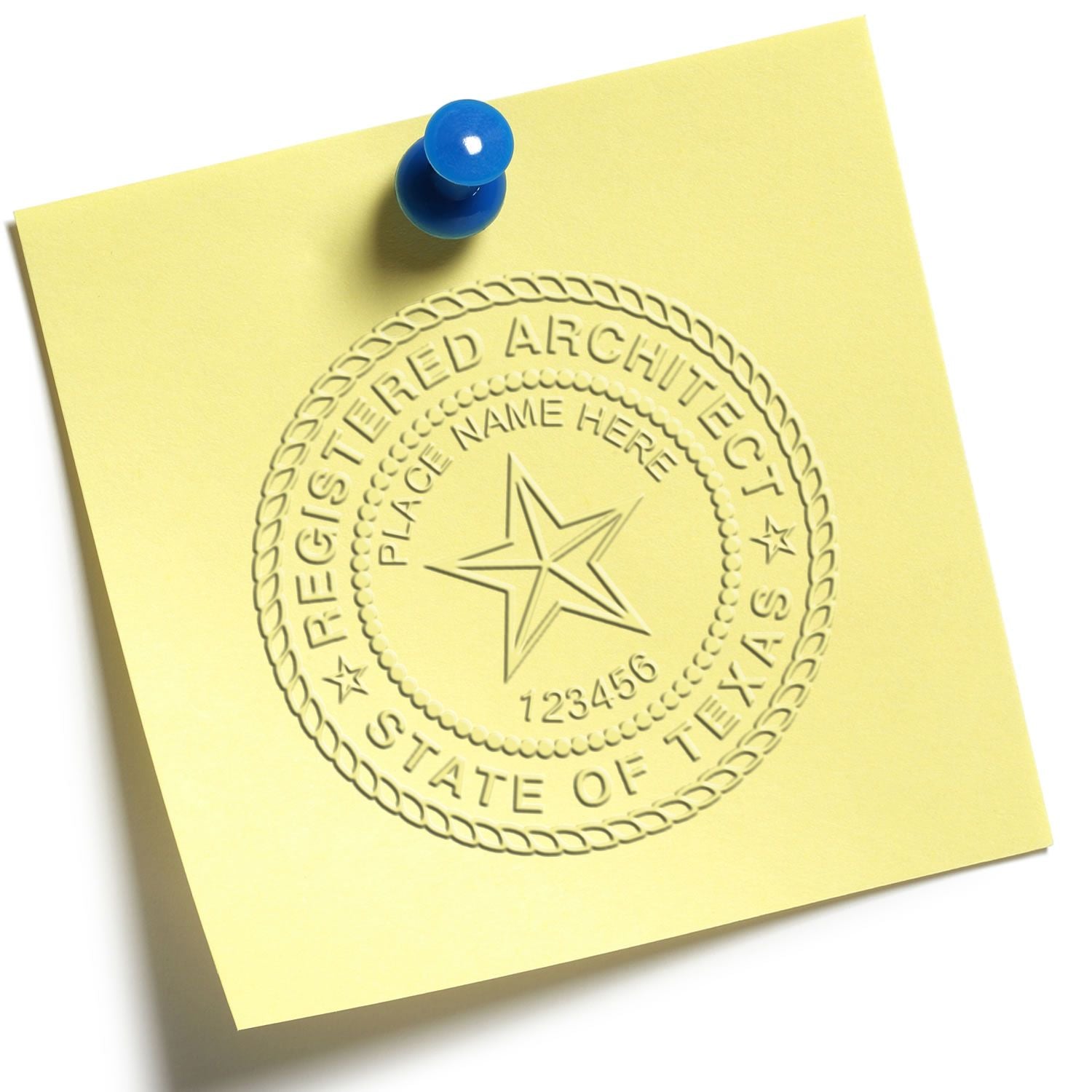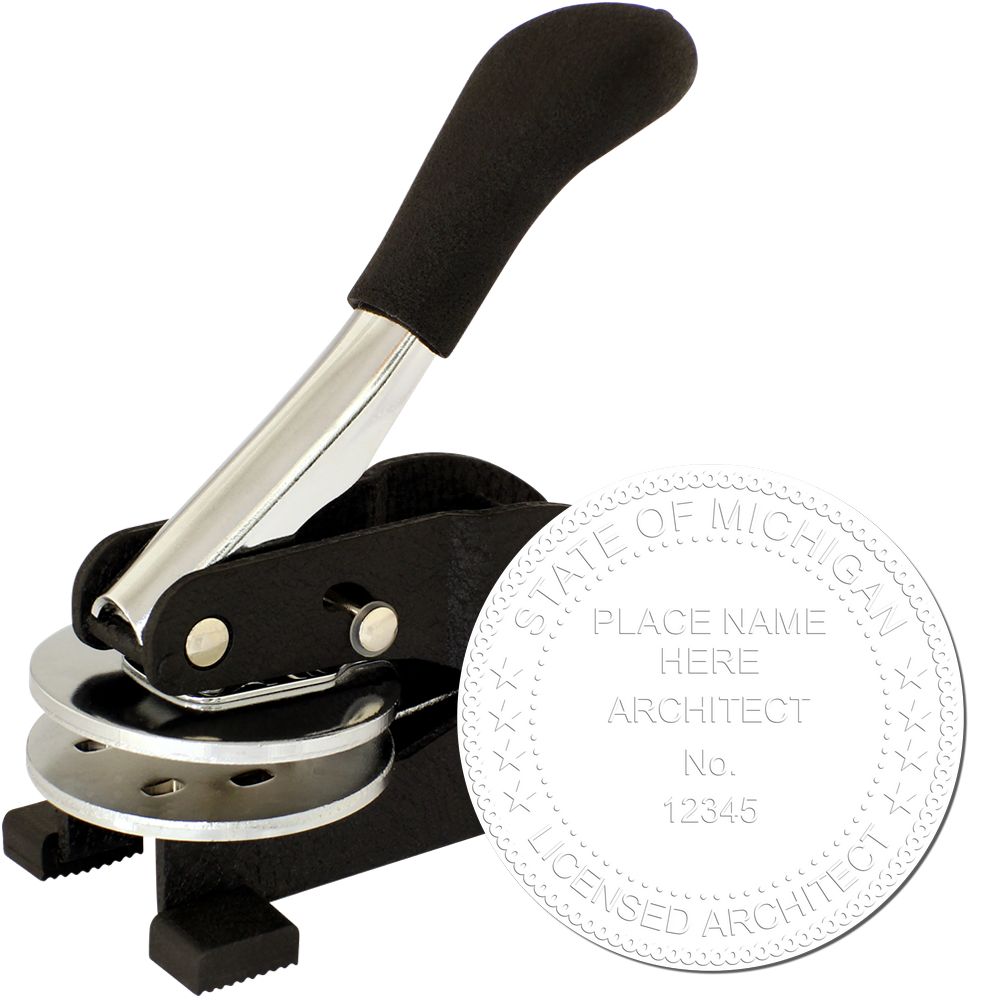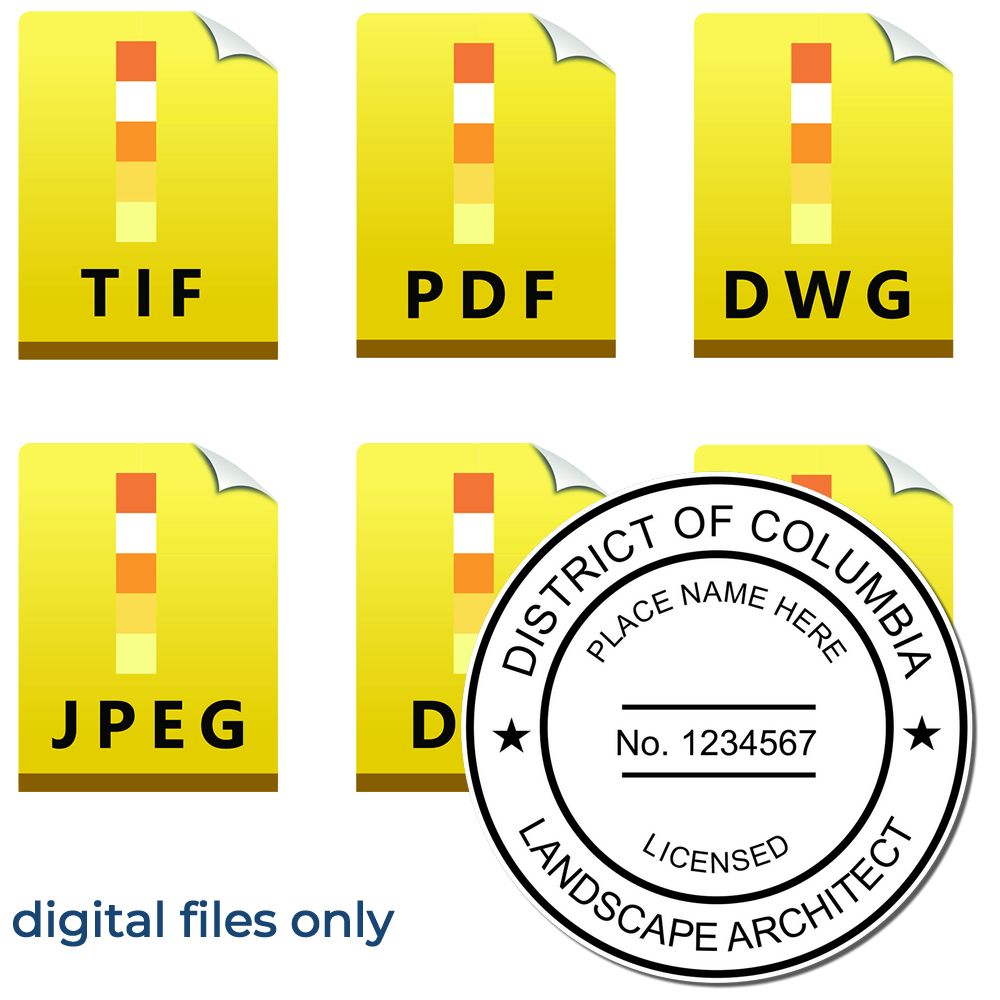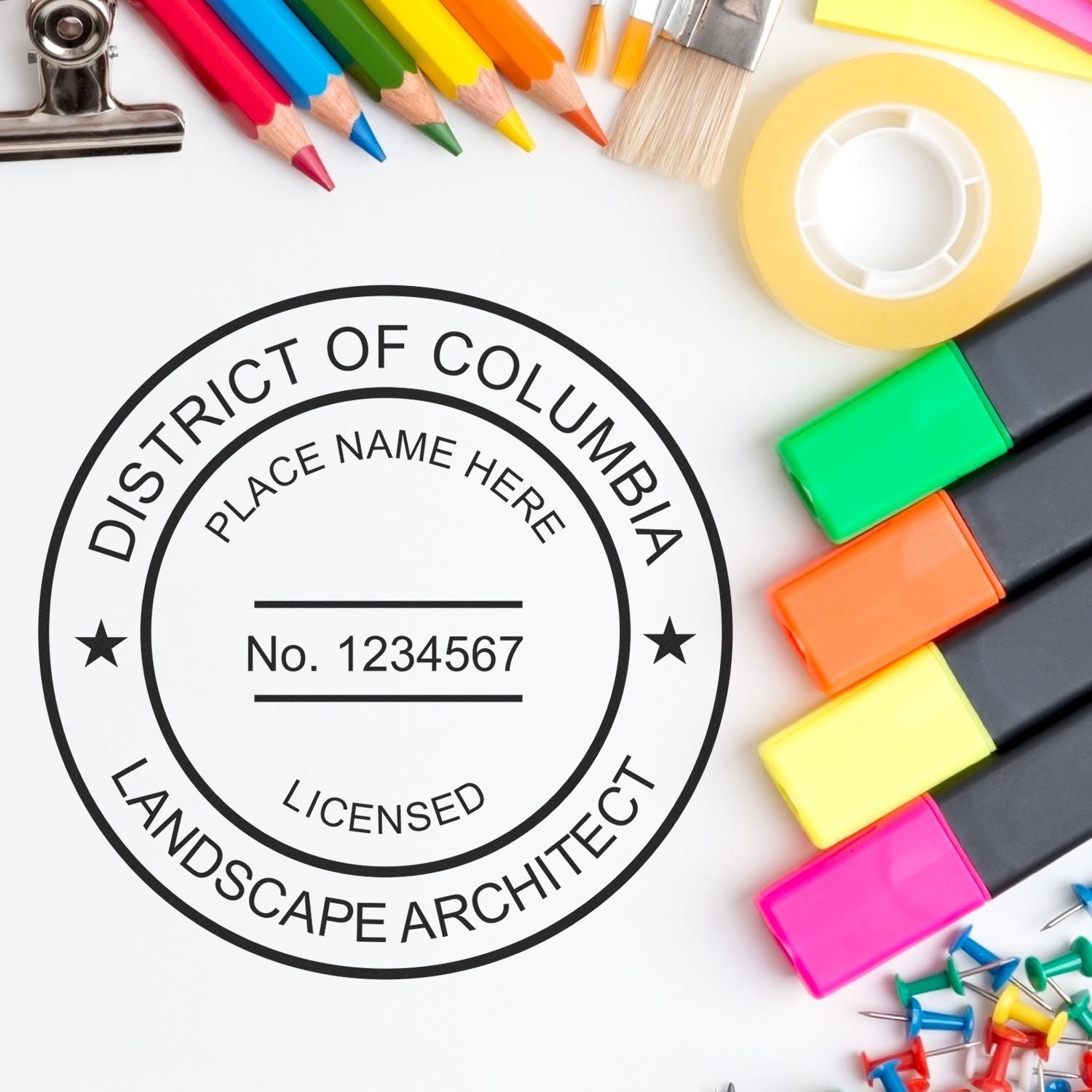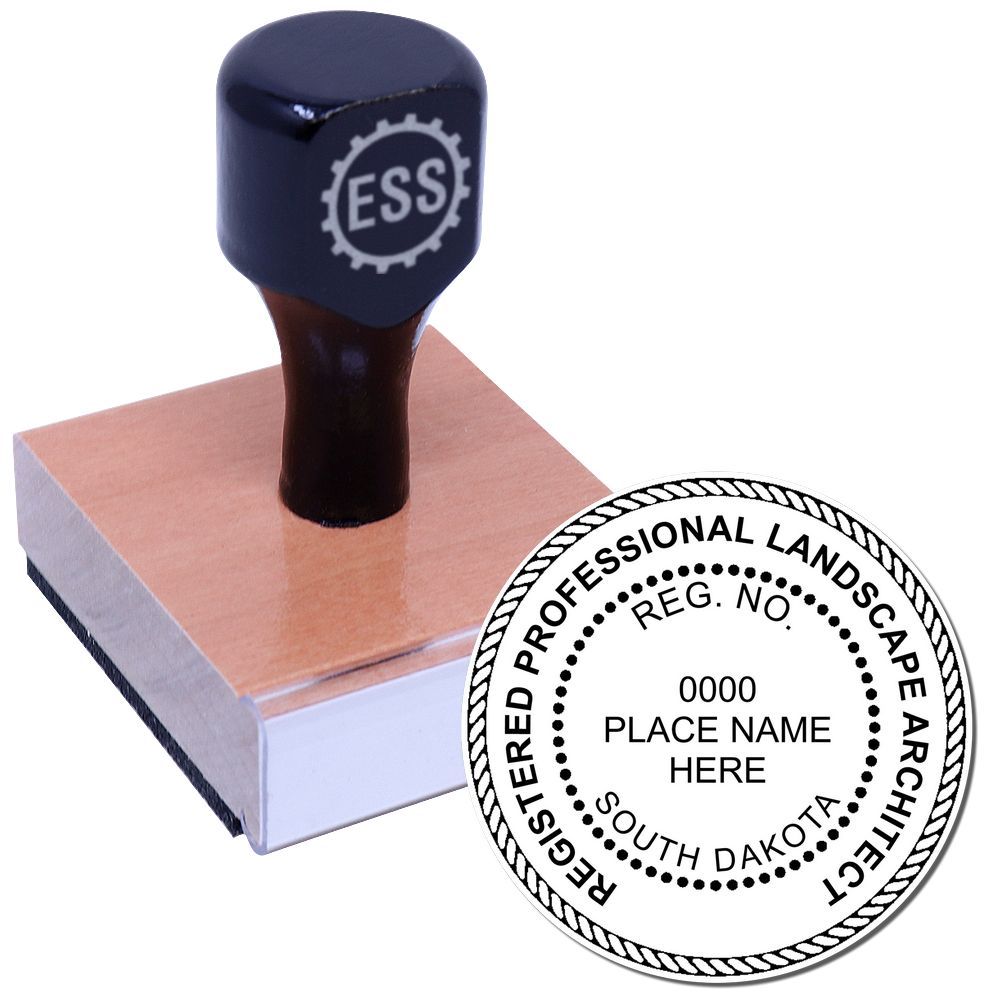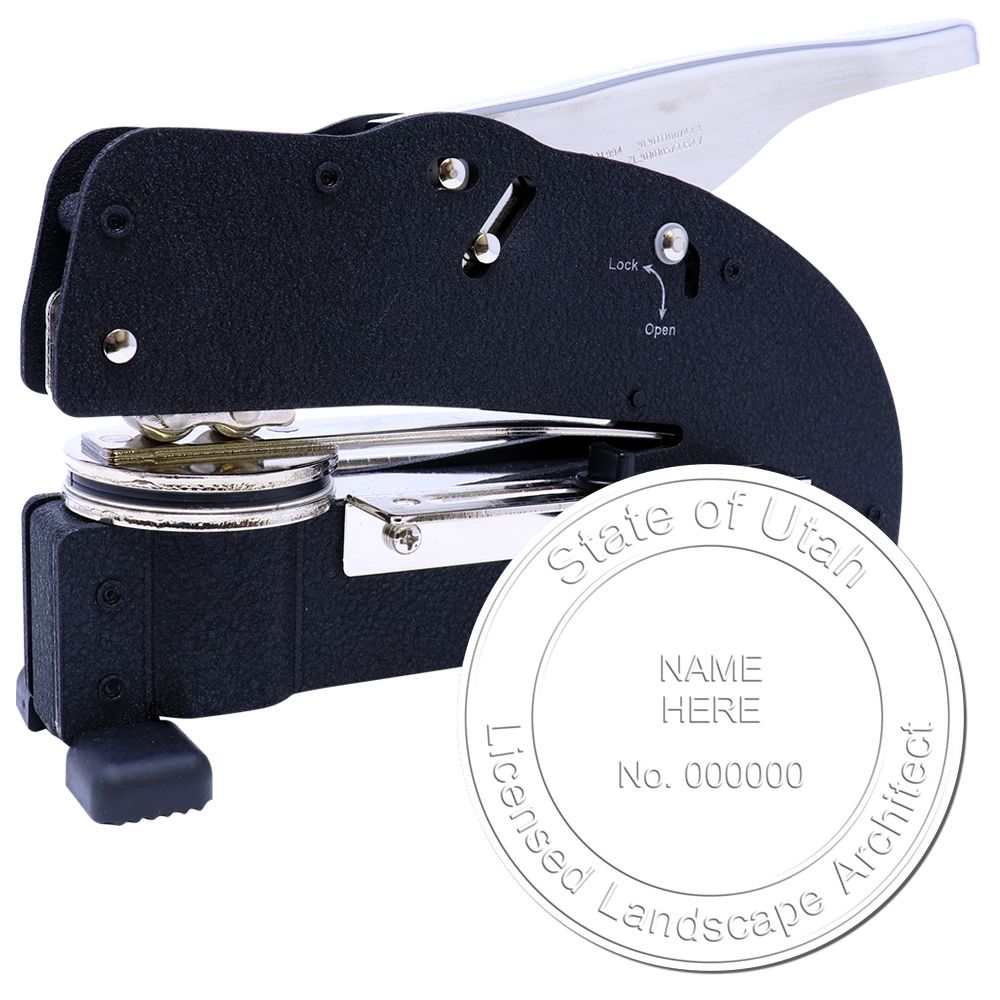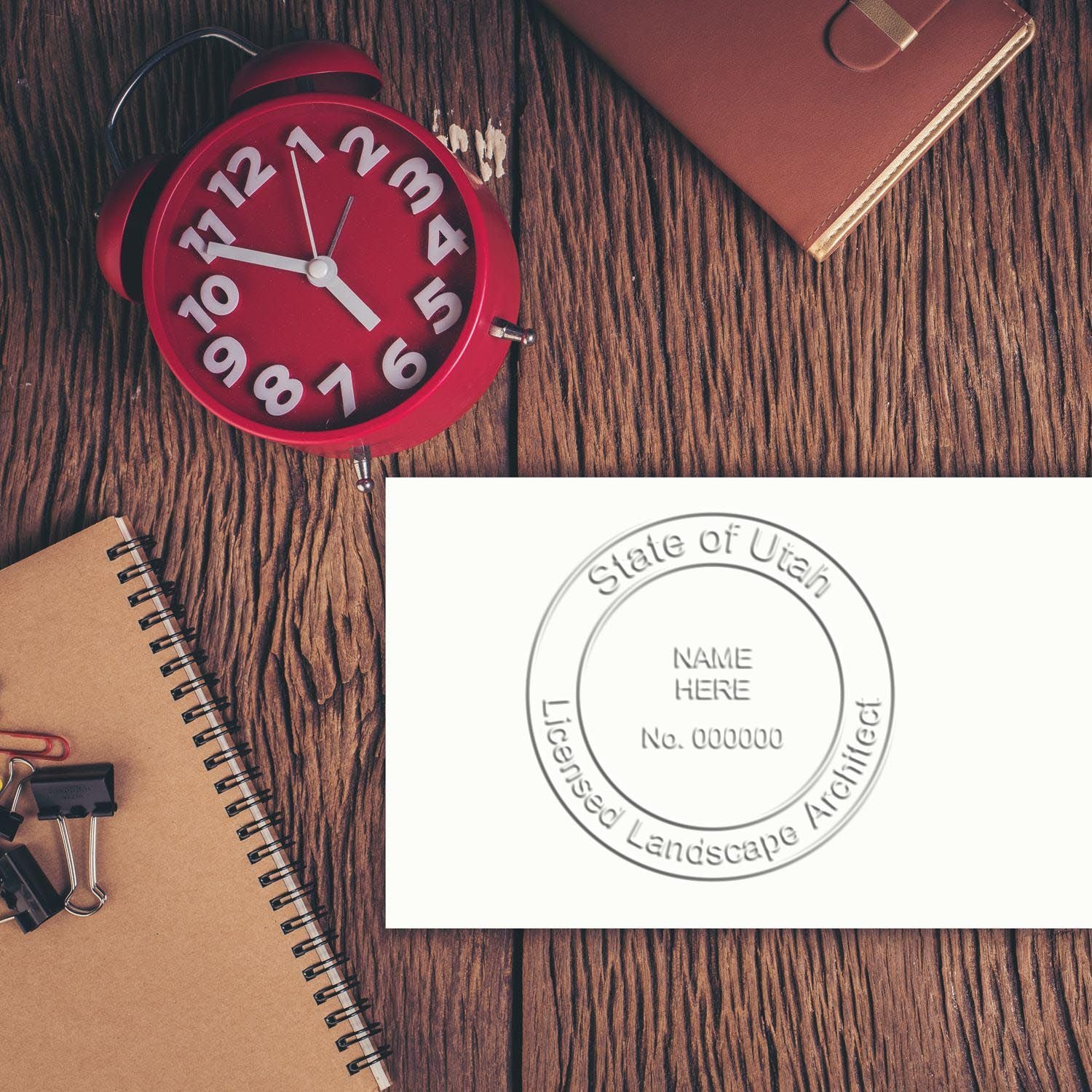Understanding Texas Architect Stamps and Seals
When it comes to the field of architecture in Texas, architect stamps and seals play a vital role. These stamps and seals are essential tools that architects use to certify their professional documents, ensuring compliance with state regulations and demonstrating their expertise. Let's take a closer look at what architect stamps and seals are and why they hold such significance in Texas.
What are Architect Stamps and Seals?
Architect stamps and seals are official marks used by licensed architects to authenticate their work. These marks, typically in the form of rubber stamps or embossing seals, contain specific information such as the architect's name, license number, and the phrase "Registered Architect." They are affixed to architectural drawings, plans, specifications, and other professional documents to indicate that the architect is responsible for the content and design.
In Texas, architect stamps and seals are governed by state regulations, which outline the requirements for their design, usage, and placement. These regulations are in place to maintain the integrity and accountability of the architectural profession in the state.
Importance of Architect Stamps and Seals in Texas
Architect stamps and seals hold immense importance in Texas for several reasons. Firstly, they serve as a visual representation of an architect's professional credentials and signify that the architect is legally authorized to practice architecture in the state. This helps establish trust and confidence in the architect's work among clients, building officials, and other industry professionals.
Secondly, architect stamps and seals are crucial for compliance with Texas architectural laws and regulations. The Texas Board of Architectural Examiners requires that certain documents, such as architectural drawings, be stamped or sealed by a licensed architect before they can be submitted for permits or approvals. Failure to comply with these requirements may result in legal consequences, including the rejection of plans or potential disciplinary action against the architect.
By adhering to the regulations surrounding architect stamps and seals, architects in Texas can ensure that their work meets the necessary legal standards and maintains the highest level of professionalism. For more detailed information on the specific requirements and guidelines regarding architect stamps and seals in Texas, refer to our article on texas architect stamp regulations.
Understanding the purpose and significance of architect stamps and seals is pivotal for architects practicing in Texas. These tools not only validate an architect's qualifications but also demonstrate their commitment to following the state's architectural regulations. By obtaining and utilizing the appropriate architect stamps and seals, architects can confidently certify their work and contribute to the thriving architectural landscape in Texas.
Texas Architect Stamp Regulations
To ensure compliance with the regulations set forth by the Texas Board of Architectural Examiners (TBAE), architects in Texas must be familiar with the specific requirements related to licensing and registration as well as the design and placement guidelines for architect stamps and seals.
Licensing and Registration Requirements
In Texas, architects are required to obtain a license from the TBAE to practice architecture. This involves completing a formal education program, gaining work experience, and passing the Architect Registration Examination (ARE). Once licensed, architects are legally authorized to use an architect stamp or seal on their documents.
Architects must also maintain their registration with the TBAE. This involves fulfilling continuing education requirements and renewing their license periodically, as specified by the board. By staying up-to-date with licensing and registration, architects can ensure their compliance with the regulations governing the use of architect stamps and seals in Texas.
For more information on licensing and registration requirements, architects can refer to the TBAE website or consult the relevant sections of the Texas Occupations Code.
Design and Placement Guidelines for Stamps and Seals
The TBAE has established specific guidelines for the design and placement of architect stamps and seals in Texas. These guidelines ensure the proper identification and authentication of architectural documents.
According to the TBAE regulations, architect stamps and seals must include the following information:
- The architect's full name as it appears on their license
- The words "Registered Architect" or "Architect"
- The architect's license number
The information on the stamp or seal should be clear, legible, and easily identifiable. The size of the stamp or seal must be appropriate for the document size, ensuring that it is visible and not easily altered or obscured.
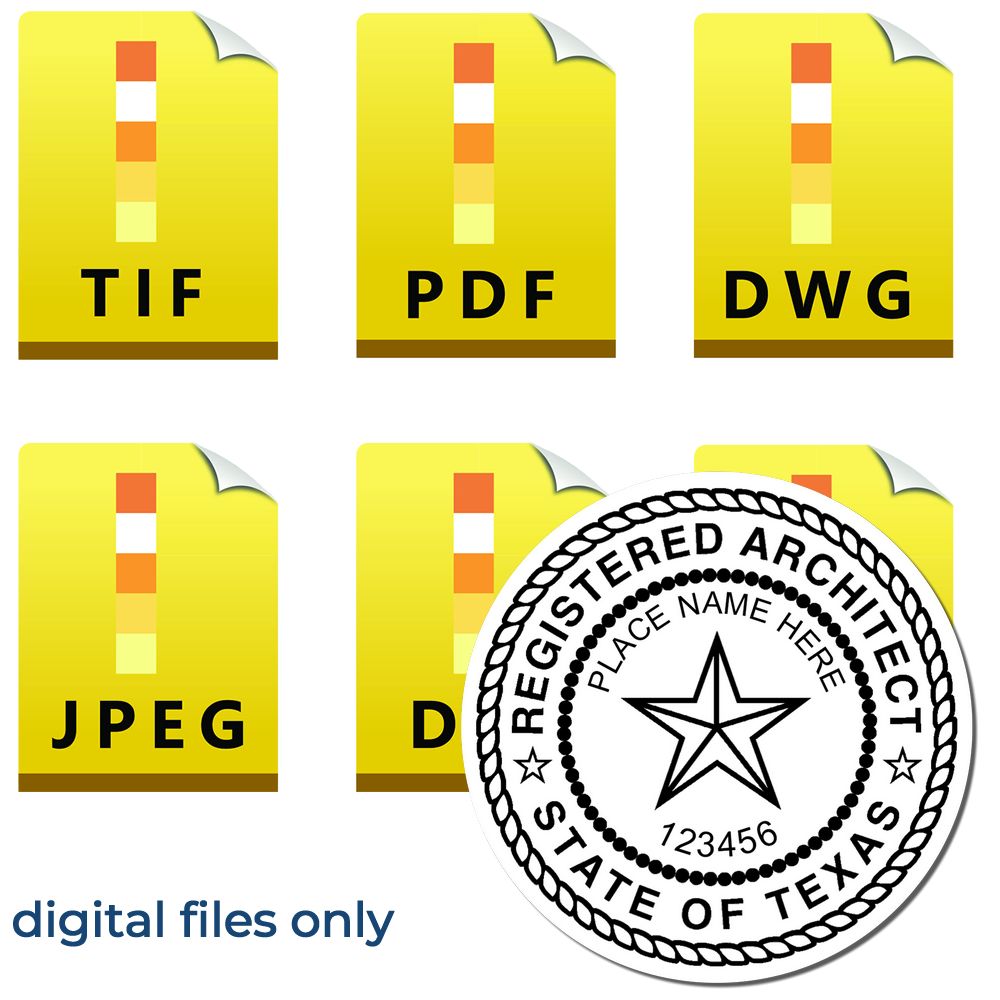
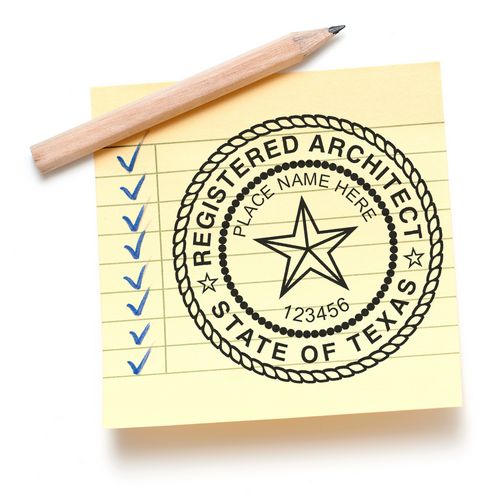

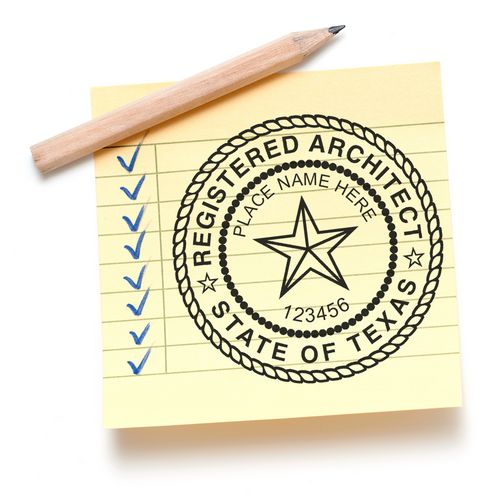
Architects should also be aware of the specific guidelines regarding the placement of their stamp or seal. Generally, it should be placed on the final page of architectural drawings or documents, near the architect's signature and date. This placement ensures that the stamp or seal is readily visible and associated with the entire set of documents.
For a more detailed understanding of the design and placement guidelines for architect stamps and seals in Texas, architects can refer to the TBAE website or consult the Texas Architect Stamp Guidelines article.
By adhering to the licensing and registration requirements and following the design and placement guidelines, architects in Texas can ensure that their architect stamps and seals meet the necessary standards set by the TBAE. It is important for architects to stay informed about any updates or changes in the regulations to maintain compliance and uphold the professional standards of the architectural industry in Texas.
Types of Texas Architect Stamps and Seals
When it comes to Texas architect stamps and seals, there are several options available to meet the needs of architects in the state. The most common types of architect stamps and seals used in Texas include rubber stamps, self-inking stamps, and embossing seals.
Rubber Stamps
Rubber stamps are a traditional and widely used option for architect stamps and seals. These stamps consist of a rubber die mounted on a wooden or plastic handle. To use a rubber stamp, the architect must ink the rubber die and then press it onto the desired surface, leaving a clear and permanent impression.
Rubber stamps are known for their durability and affordability, making them a popular choice among architects. They are available in various sizes and designs, allowing architects to customize their stamps according to their specific requirements. Rubber stamps are suitable for most applications and provide a crisp and professional look to architectural documents.
Self-Inking Stamps
Self-inking stamps are another convenient option for architects in Texas. These stamps have an integrated ink pad that automatically re-inks the stamp after each impression. With a simple press, the stamp produces a clean and consistent impression without the need for separate ink pads.
Self-inking stamps offer ease of use and eliminate the need for carrying an additional ink pad. They are available in different sizes and can be customized with the required information and design. Architects often find self-inking stamps to be efficient and time-saving, especially when they need to stamp multiple documents.
Embossing Seals
Embossing seals, also known as embossing stamps or embossers, create a raised impression on paper without the use of ink. These seals are typically made of metal plates that are pressed onto the paper, leaving a visually distinctive and tactile mark.
Embossing seals are commonly used for decorative purposes or to add an official and professional touch to architectural documents. Architects may choose to use embossing seals for specific applications, such as official certifications or seal impressions on documents that require a unique and distinguishable mark.
| Type of Stamp/Seal | Description |
|---|---|
| Rubber Stamps | Traditional stamps with a rubber die mounted on a handle. Requires separate ink pad. |
| Self-Inking Stamps | Stamps with an integrated ink pad that automatically re-inks after each impression. |
| Embossing Seals | Metal plates pressed onto paper to create a raised impression without ink. |
Architects in Texas can select the type of stamp or seal that best suits their preferences and requirements. Whether it's a traditional rubber stamp, a convenient self-inking stamp, or an elegant embossing seal, architects have the flexibility to choose the option that aligns with their professional needs. To learn more about Texas architect stamps and seals, visit our articles on texas architect stamps and texas architect seals.
Customizing Your Texas Architect Stamp
To make your Texas architect stamp truly represent your professional identity, it's important to customize it with the required information and consider design options for personalization.
Required Information on the Stamp
When customizing your Texas architect stamp, there are certain pieces of information that must be included to ensure compliance with the regulations. These requirements may vary depending on the specific guidelines set forth by the Texas Board of Architectural Examiners (TBAE). Some common elements that are typically required on the stamp include:
- Architect's Name: Your full legal name as registered with the TBAE should be prominently displayed on the stamp.
- Architect's License Number: Your unique architect license number, issued by the TBAE, should be included for identification purposes.
- Architect's Signature: Your personal signature is often required for authenticity and verification purposes.
- Title or Position: Indicating your professional title, such as "Registered Architect" or "Architect," helps clarify your qualifications.
It's important to review the specific Texas architect stamp regulations and guidelines provided by the TBAE to ensure compliance with the required information. For more detailed information on the guidelines, you can refer to our article on Texas architectural seal requirements.
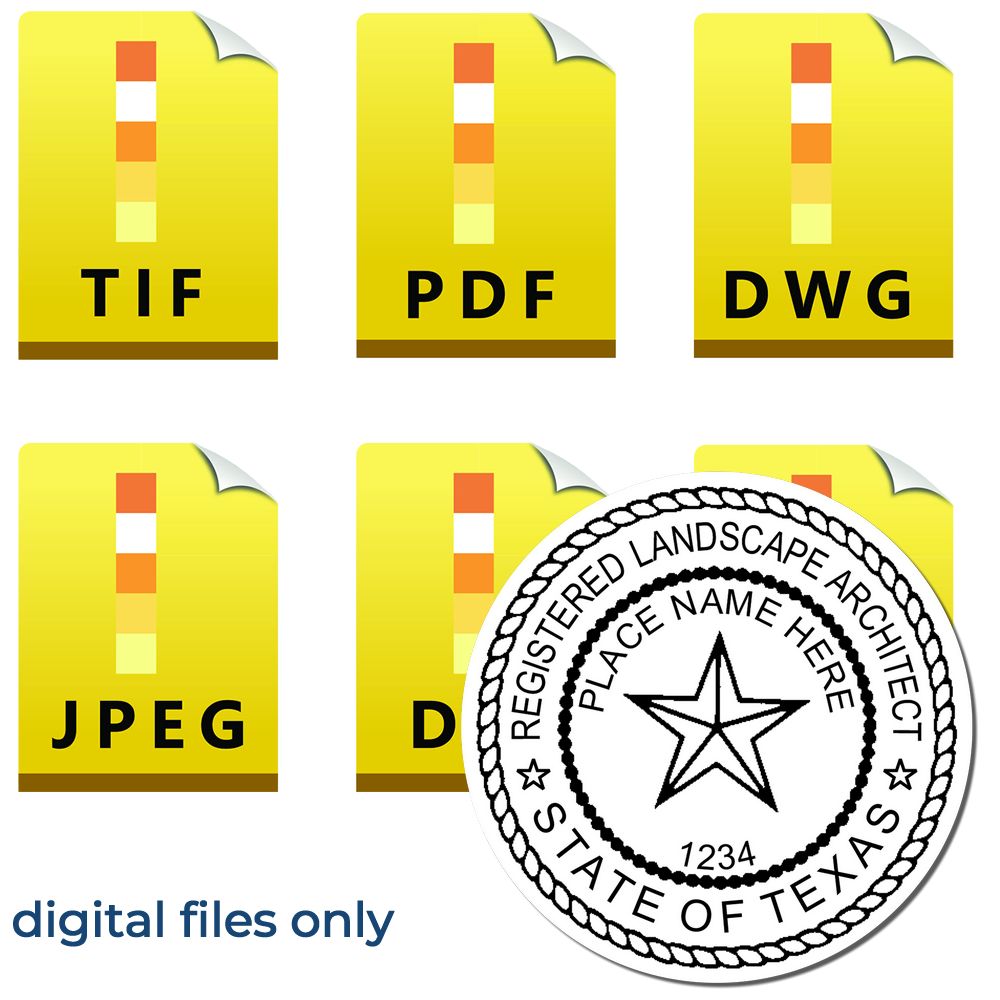


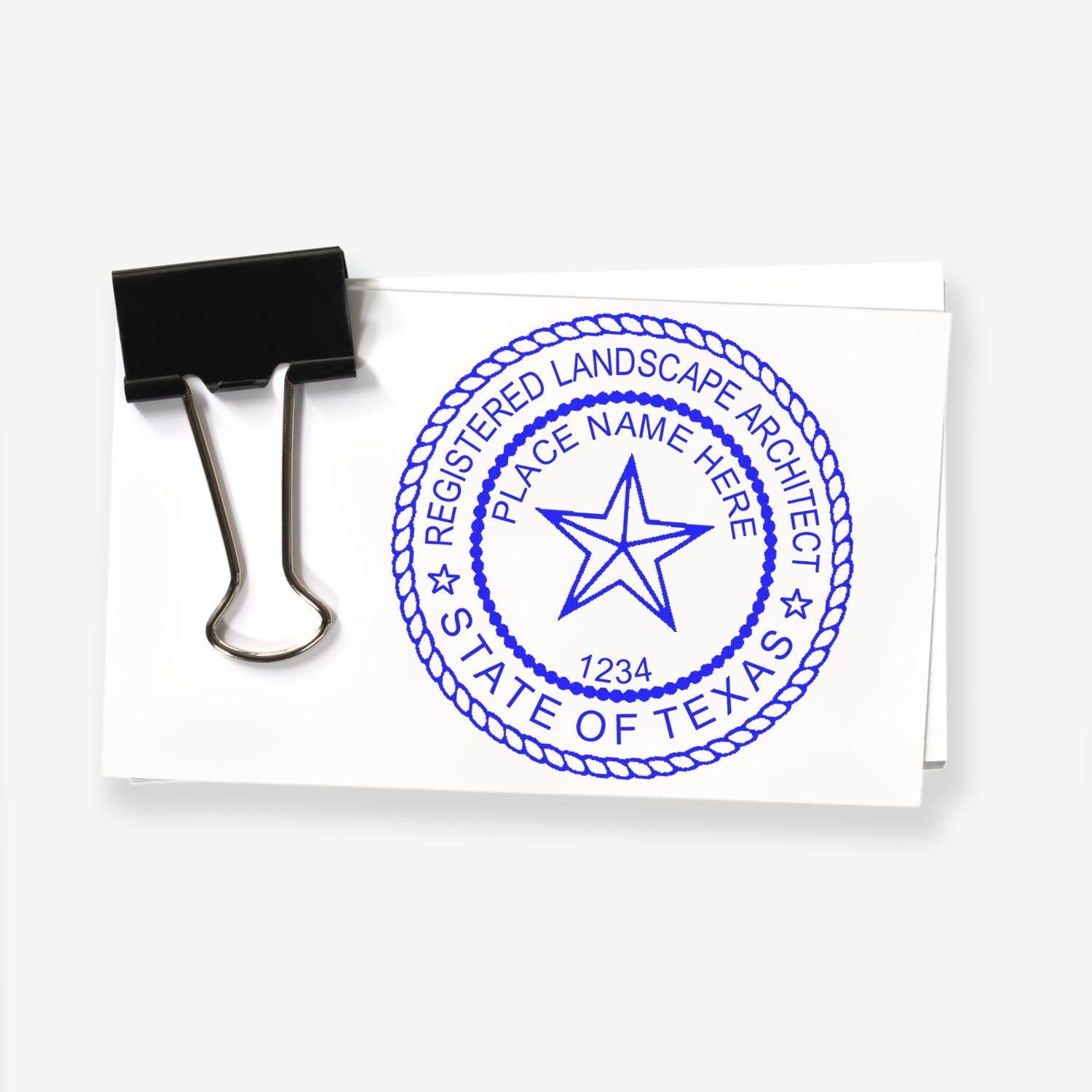
Design Options and Personalization
While the required information forms the foundation of your Texas architect stamp, there is still room for personalization and design choices. Customizing the design of your stamp allows you to reflect your professional style and brand identity. Some considerations for design options and personalization include:
- Logo or Emblem: Incorporating your company logo or a professional emblem can add a touch of personalization and branding to your stamp.
- Font and Typography: Choosing the right font and typography can enhance the overall aesthetic appeal and legibility of your stamp.
- Size and Shape: Depending on your preference and the available options, you can select the size and shape of the stamp that best suits your needs.
- Ink Color: While black ink is commonly used for architectural stamps, you may have the option to choose from a range of colors to add a unique visual element to your stamp.
When considering design options, it's important to strike a balance between personalization and adherence to the Texas architect stamp guidelines. These guidelines may provide specific requirements regarding the size and placement of the required information to ensure legal compliance. For more information on Texas architect seal design, you can refer to our article on Texas architect seal design.
By customizing your Texas architect stamp with the required information and incorporating design elements that reflect your professional identity, you can create a personalized stamp that represents your expertise and professionalism in the field of architecture. Remember to always refer to the regulations and guidelines set forth by the TBAE to ensure compliance with the necessary requirements.
Where to Purchase Texas Architect Stamps and Seals
When it comes to purchasing Texas architect stamps and seals, there are several options available. Architects in Texas can obtain their required stamps and seals from authorized vendors or explore online options for convenience and accessibility.
Authorized Vendors
To ensure compliance with Texas architect stamp regulations, it is recommended to purchase architect stamps and seals from authorized vendors. These vendors are knowledgeable about the specific requirements and guidelines set forth by the Texas Board of Architectural Examiners.
Authorized vendors may include office supply stores, specialty stamp companies, or online retailers. They offer a variety of architect stamps and seals that meet the necessary specifications, ensuring your professional documents are properly authenticated. For more information on Texas architect stamp regulations, refer to our article on Texas architect stamps and Texas architect seals.
Online Options
In today's digital age, purchasing architect stamps and seals online has become increasingly popular and convenient. Numerous websites offer a wide selection of Texas architect stamps and seals that comply with the state's regulations. These online options provide architects with the flexibility to browse different designs, customize their stamps, and have them delivered to their doorstep.
When considering online options, it is important to choose a reputable retailer that specializes in architect stamps and seals. Look for websites that provide detailed information about the products' compliance with Texas architect seal requirements. To assist you in designing your ideal architect seal, some online retailers may offer customizable options. For more information on creating a personalized architect seal, visit our article on Texas architect seal design.
Whether you choose to purchase from authorized vendors or explore online options, it is crucial to ensure that the stamps and seals you obtain meet the specific requirements outlined by the Texas Board of Architectural Examiners. By adhering to these regulations, you can confidently authenticate your professional documents and maintain compliance with the state's guidelines.
Maintaining Compliance with Texas Architect Stamp Rules
To ensure compliance with Texas architect stamp rules, it is essential to stay updated with the latest regulations and guidelines. Adhering to these rules not only demonstrates professionalism but also helps protect the integrity of your work. Two key aspects of maintaining compliance include staying updated with regulations and understanding the proper usage and storage of stamps and seals.
Staying Updated with Regulations
Texas architect stamp regulations may evolve over time, so it's crucial to stay informed about any changes or updates. This can be achieved by regularly reviewing the official websites and publications of relevant regulatory bodies, such as the Texas Board of Architectural Examiners. Familiarize yourself with the latest guidelines and requirements for architect stamps and seals in Texas to ensure you are always in compliance.
Additionally, consider joining professional organizations and associations related to architecture. These organizations often provide resources, education, and networking opportunities that can help you stay up to date with industry trends and regulatory changes. By staying informed, you can ensure that your architectural work meets the latest standards and requirements.


Proper Usage and Storage of Stamps and Seals
Using architect stamps and seals correctly is essential for maintaining compliance with Texas regulations. When affixing your stamp or seal to documents, ensure that it is clear, legible, and properly aligned. Follow the guidelines provided by the Texas Board of Architectural Examiners regarding the placement and size of the stamp or seal. This includes including all required information, such as your name, license number, and the words "Registered Architect" or "Architect."
Proper storage of architect stamps and seals is also crucial. Store your stamps and seals in a clean, dry, and secure location when not in use. This helps protect them from damage, such as bending or scratching, which could impact their legibility and usability. Regularly inspect your stamps and seals for any signs of wear or damage, and replace them as necessary to ensure they meet the required standards.
By staying updated with regulations and using architect stamps and seals correctly, you can maintain compliance with Texas architect stamp rules. This demonstrates your commitment to professionalism and helps instill confidence in your clients and colleagues regarding the accuracy and authenticity of your architectural work. For more detailed information on Texas architect stamp regulations, please refer to our articles on texas architect stamps and texas architect seals.
About ESS
At Engineer Seal Stamps (ESS), we take pride in being the leading makers of high-quality rubber stamps, professional seals, and notary stamps. Our commitment to excellence is reflected in the state board guarantee that backs all our products. With ESS, you can be confident that you are getting the best of the best when it comes to stamping and sealing products.
Our team of experts will work closely with you to create customized rubber stamps and seals that meet your specific needs, whether you are an architect, engineer, surveyor, or other professional. We understand that time is of the essence in your line of work, which is why we offer a quick turnaround on all our products. ESS is also incredibly versatile, we cater to a broad range of industries, from oil and gas to healthcare, government, and education. When it comes to quality, our products speak for themselves. All our rubber stamps and seals are made using high-grade materials, ensuring that they will last you for years to come. Our stamping and sealing products are also designed to deliver crisp and clear impressions every time, so you can always be sure that your documents look professional and presentable.
At ESS, we are committed to providing our customers with stellar customer service, and we go above and beyond to ensure your satisfaction. Whether you need a customized rubber stamp, professional seal, or notary stamp, ESS is the trusted partner you can rely on for all your stamping and sealing needs.

